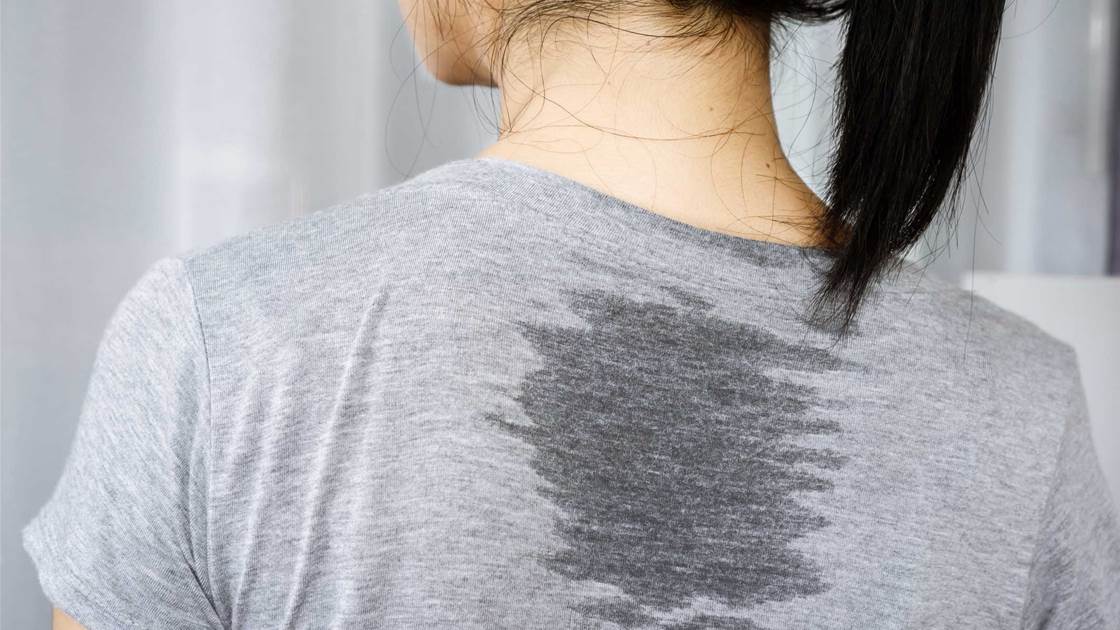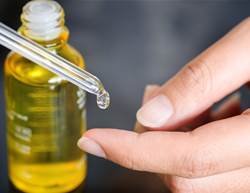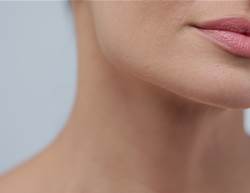Turns out, your face isn’t the only place where blemishes can develop. Pesky pimples can also pop up on your back, in fact, it’s pretty common. But there is hope for clear skin: learning out how to get rid of back acne will go a long way in banishing gunk from pores and yielding a blemish-free back.
Unfortunately, bacne (as it’s sometimes referred to), can affect all types of skin. People who tend to have oily skin have a greater risk of clogged pores that lead to blemishes, but anyone including all skin types can experience this condition.
Ahead, experts explain what back acne is, its causes, and treatment methods so you can turn your back on the problem once and for all.
What is back acne?
Back acne is simply acne that appears on your back. The medical term is truncal acne, which is acne that can be found on your back, chest, and shoulders.
“Back acne is often categorized as papules, pustules, or red bumps that sometimes have pus in them, says dermatologist Dr Marisa Garshick. You can also get whiteheads and blackheads similar to what you get on the face.
Although both facial and back acne are similar, breakouts on your back may be more troublesome thanks to the back’s oil-producing glands. “Because the back’s sebaceous glands are more active and larger compared to those on your face, this may lead to potentially more severe breakouts when compared to facial acne,” explains dermatologist Dr Tiffany J. Libby.
Back acne causes
From the presence of acne-causing bacteria to inflammation due to stress, there are several reasons for back acne.
Some causes of back acne (or bacne) may include, according to experts and the Cleveland Clinic:
- Excess oil production
- Skincare products: Using body products that clog pores may lead to back acne.
- A build-up of dead skin cells
- Medications: Some medications like corticosteroids, may cause to back acne
- Hormonal changes: Hormonal changes can also be a cause and some women may see their back acne get worse during their period, notes Dr Garshick.
- Wearing tight clothes: “The back is often subject to frictional clothing, which can exacerbate back acne by trapping sweat and bacteria leading to more breakouts,” says Dr Libby.
- Sweat: Trapped sweat can lead to clogged pores.
- Stress: Stress can definitely contribute to back acne, says Dr Garshick, “as it can lead to more inflammation and potentially an increase in oil production.” Unfortunately, excess oil is one of the main culprits of acne.
Back acne treatments
There are many over-the-counter solutions for treating back acne. The star ingredients you need to look out for, according to experts, are benzoyl peroxide and salicylic acid. Both of these can be found in various products in the form of cleansers, sprays, and wipes, and are often easy to use.
Benzoyl peroxide
If you opt for benzoyl peroxide, you’ll be targeting blemishes head-on. “Benzoyl peroxide is an anti-inflammatory treatment that targets acne-causing bacteria and unclogs pores to treat and prevent acne,” says Dr Libby.
Brands Benzac and Paula's Choice both have products containing benzoyl peroxide.
Salicylic acid
On the other hand, salicylic acid is an exfoliant that is attracted to oil, which is perfect for getting rid of both dead skin cells and excess oil.
Dr Garshick’s recommends the CeraVe Blemish Control Cleanser. Brands like SkinCeuticals, Neutrogena and Paula's Choice also have products with salicylic acid.
Prescribed medication
If over-the-counter treatments don’t make a difference in your back acne, then it’s time to visit a medical professional. There are several medications a dermatologist can prescribe including acne-specific oral antibiotics, antibacterial lotions, or retinoids.
In-office chemical peels that use salicylic or azelaic acids are also options. “There are also in-office light and laser-based devices to specifically target sebaceous glands and acne-causing bacteria,” says Dr Libby. And if there’s a hormonal component to your back acne, oral medications like spironolactone or the birth control pill can help.
Depending on the severity of your breakouts, a dermatologist can help you figure out which treatment is best for you.
Back acne prevention
To prevent back acne, it’s important to start (or continue) using acne-fighting products. Both Dr Libby and Dr Garshick emphasise that regularly using benzoyl peroxide or salicylic acid solutions is key.
“If you’re using prescriptions, your dermatologist will come up with a maintenance plan, but with over-the-counter treatments, it’s helpful to continue their use to not only treat existing breakouts but to also prevent new ones from forming,” advises Dr Garshick.
Plus, remember to change out of sweaty clothes and cleanse your skin as soon as you can post-workout to fend off any bacteria. Lastly, if you do get a flare avoid picking, popping, or squeezing breakouts. This will only make acne worse and may lead to scarring.










